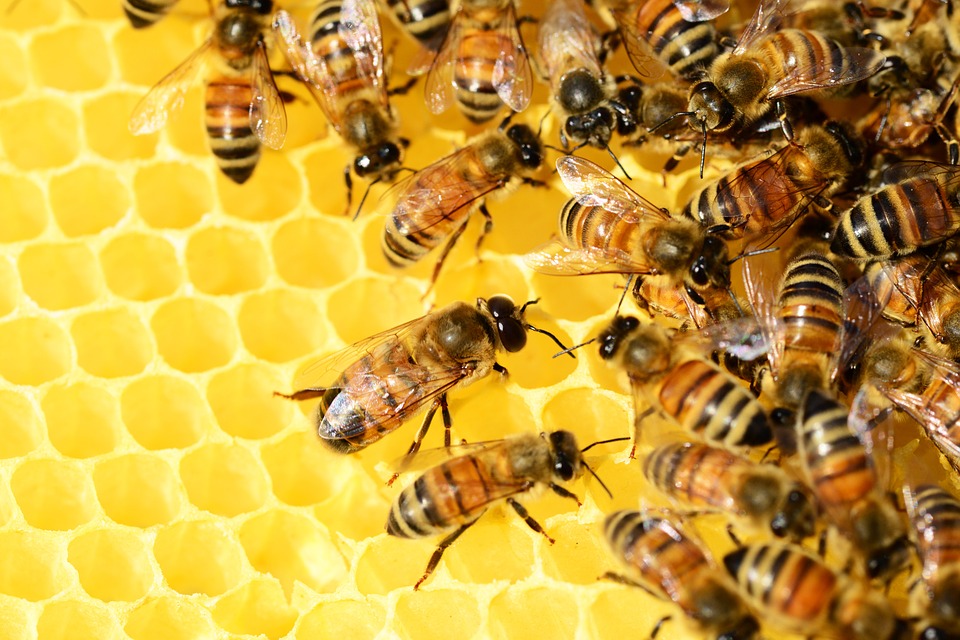Science News Roundup: EU to promote 'buzz lines' to help reverse decline of bees by 2030; U.S. to test nuclear-powered spacecraft by 2027 and more
Currently, one in 10 bee and butterfly species and one in three hoverfly species is threatened with extinction. U.S. to test nuclear-powered spacecraft by 2027 The United States plans to test a spacecraft engine powered by nuclear fission by 2027 as part of a long-term NASA effort to demonstrate more efficient methods of propelling astronauts to Mars in the future, the space agency’s chief said on Tuesday.

Following is a summary of current science news briefs.
EU to promote 'buzz lines' to help reverse decline of bees by 2030
"Buzz Lines" for bees and other pollinators where they could move across Europe and find food and shelter were among measures laid out by the EU's executive body on Tuesday to reverse the decline of the insects vital for crop production. Currently, one in 10 bee and butterfly species and one in three hoverfly species is threatened with extinction.
U.S. to test nuclear-powered spacecraft by 2027
The United States plans to test a spacecraft engine powered by nuclear fission by 2027 as part of a long-term NASA effort to demonstrate more efficient methods of propelling astronauts to Mars in the future, the space agency’s chief said on Tuesday. NASA will partner with the U.S. military's research and development agency, DARPA, to develop a nuclear thermal propulsion engine and launch it to space "as soon as 2027," NASA administrator Bill Nelson said during a conference in National Harbor, Maryland.
Rocket Lab expands launch footprint with first mission from U.S
Rocket Lab launched its first mission from American soil on Tuesday, kicking off an expansion of the company's launch business that adds to a surge in private rocket activity at U.S. space ports. The Long Beach, California-based company's workhorse Electron rocket, an expendable launcher standing 40 feet (12 meters) tall, lifted off at 6 p.m. EST from its new launch pad at the NASA-operated Wallops Flight Facility on Wallops Island, Virginia.
New museum in Mexico spotlights endangered axolotl salamander
A new museum and conservation center dedicated to Mexico's critically endangered axolotl salamander is highlighting the amphibian's remarkable story that has captured the attention of scientists and the public alike. With an impressive ability to heal itself, the axolotl (pronounced ah-sho-LO-tul) salamanders were showcased in the exhibit, which opened on Saturday, at Mexico City's Chapultepec Zoo.
(With inputs from agencies.)
ALSO READ
AUKUS Defense Pact: A Pillar of U.S.-Australia Alliance Amid Changing U.S. Leadership
U.S. Army Private Travis King Sentenced After North Korean Detention
PM Modi Kicks Off Three-Day U.S. Visit, Participates in Quad Summit and Engages in High-Level Meetings
Concerns Rise Over Israel-Lebanon Escalation: U.S. National Security Adviser Weighs In
Indian Diaspora Warmly Welcomes PM Modi's Historic U.S. Visit










